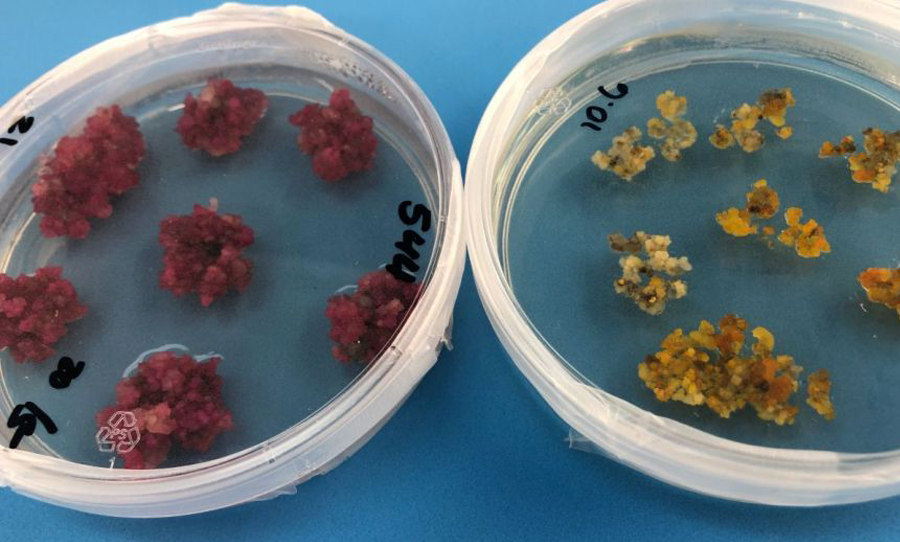In a major win for clothing sustainability, the CSIRO have discovered a way to grow coloured cotton. By combining different types of plant tissue, Colleen MacMillan and her team have been able to produce a whole range of exciting colours, potentially eliminating any need for harmful chemical dyes in future textiles.
“Having the cotton produce its own colour is a game-changer,” Dr MacMillan told the ABC.

In what could be a massive breakthrough for the textiles industry, scientists over at CSIRO have figured out how to grow coloured cotton.
Research colleague Filomena Pettolino added: “We’ve seen some really beautiful bright yellows, sort of golden-orangey colours, through to some really deep purple.”
With the textile industry currently contributing the world’s second-highest pollution rate, Dr MacMillan’s team are hoping to develop cotton into a sustainable, and eco-friendly alternative. Cotton in itself is a renewable and biodegradable material, however, the chemical dyes used to colour clothing leave a massive stain on the industry’s environmental footprint.
A massive goal would be the development of a black breeding cotton crop, as black dyes are readily considered the worst polluting offender.
“On average, 60 per cent of our clothes are actually made of polyester, which lasts 200 years in landfill, and we typically only use natural fibres in 6 per cent of our clothing,” Sydney lingerie designer Stephanie Devine explained.

“There’s a real imbalance there, and I think that we’re beginning to shift that, but natural fibres, cotton, wool, Tencel are really the way that we need to be going as an industry.”
Research is still underway, with MacMillan’s team announcing that it will be another few months before their lab-generated plant tissue can grow into durable, flowering plants, and a long-term solution to the textile industry’s sustainability crisis.


